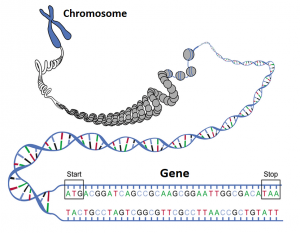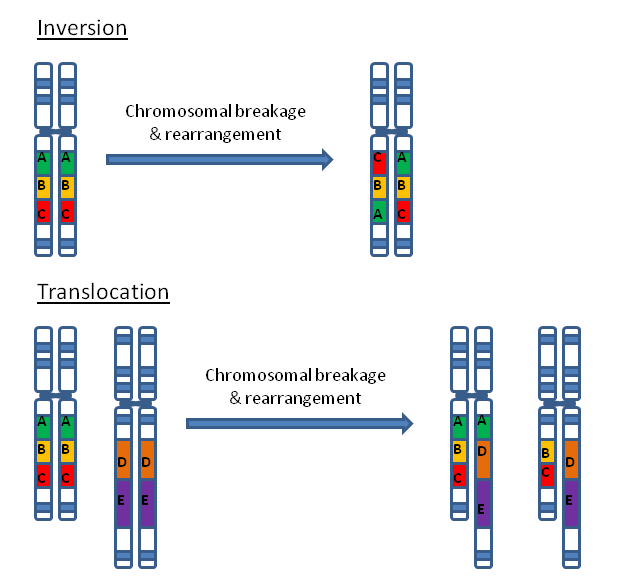What are the Genetic Risk Factors for Autism?

Genetic risk factors include:
1. Variants of susceptibility genes
Genes are pieces of DNA that contain information for making proteins - the cellular machinery that controls everything from cell division to metabolism to nerve signals. If there is a variation, or change, in a gene’s DNA, it can affect how the protein that results from it will function.
As an example, some genes code for proteins that are very important for the development, maintenance, and function of nerve cells. A variation in any of these genes can cause the person carrying that change in their DNA to become more susceptible to developing autism. Such genes that can cause an increased risk for autism when altered, whether or not they are related to nerve function, are called autism susceptibility genes.
2. Chromosomal aberrations
The DNA in the human body is wrapped up into tiny packages called chromosomes. Almost all of the cells in our bodies contain two copies of 23 different chromosomes (i.e. 46 total, with the sex chromosomes differing between men and women). These chromosomes are very important structures as they are made up of incredibly long pieces of DNA that contain many genes, essentially all of the information that makes us who we are.
If something goes wrong and chromosome integrity is not maintained, pieces of a chromosome can be duplicated or deleted. A piece of a chromosome can also undergo breakage and rearrange itself such that it is reversed end to end (inversion), or it can even move from one chromosome to another (translocation). If these pieces contain important genes, such as those that regulate nerve function, a person carrying that chromosomal aberration can become more susceptible to conditions such as autism.
Many chromosomal changes that correlate with an increased risk of developing autism have already been found, and researchers continue to identify such variations with more accuracy and speed as technology continues to advance. These chromosomal variants are named according to the chromosome number and particular site in which they are located within a given chromosome.
Chromosomal aberrations in which portions of a chromosome are either deleted or duplicated are also known as copy number variants (CNVs) and are explained in greater detail in the next page.
Progress
At present, hundreds of genes and chromosomal locations have been linked to ASD as a result of high-throughput genomic studies. From these, a smaller subset of rare, mutations and chromosome aberrations are being recurrently identified as more frequent risk factors for ASD. However, each of these rare autism-associated genetic defects occurs in no more than 1% of the population diagnosed with autism. And, at present, a genetic defect can only be detected in about 15-20% of individuals with ASD. Therefore a greater understanding of how these risk factors lead to the development of ASDs continues to be an active area of scientific research.
Some researchers hypothesize that co-occurring problems that happen more frequently with autism than in the general population--such as seizures, infections, gastro-intestinal disorders, heart problems, and psychiatric disorders--may share a common gene or set of genes that, when disrupted, increase risk for ASD core symptoms and co-occurring symptoms at once. One study found that genes involved in innate immunity were most likely to have problems across co-occurring conditions with ASD.1 Check out the research summary to learn more about this work.
| References: |
|


